Prince William’s charity move raises questions how he treated Meghan and Harry
Prince William has announced he’s going to take challenge “racism” and “hate speech” but the role could raise some uncomfortable questions.
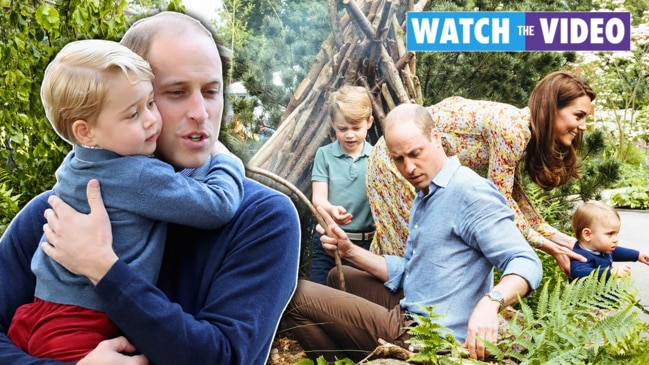
COMMENT
You’d be forgiven if you’d missed Prince William’s Danger Man phase.
It was a brief one after all, that saw him make a 1600km motorbike trek across South Africa and Lesotho in 2008 (with brother Prince Harry) and zip around London on his $26,000 Ducati much to his father’s chagrin before trading it all for married life.
RELATED: Sad royal secret in Eugenie baby joy

These days, now that he is a balding father-of-three, the riskiest thing William does is dare to step out without a jumper on nippy days (I’m guessing).
That old wild side of his? The closest he has gotten in a decade is when he was caught on camera dad dancing in a Verbier nightclub in 2017 and when he tried his hand at public laddishness by appearing on British footballer Peter Crouch’s podcast last year.
RELATED: Queen caught in huge double standard
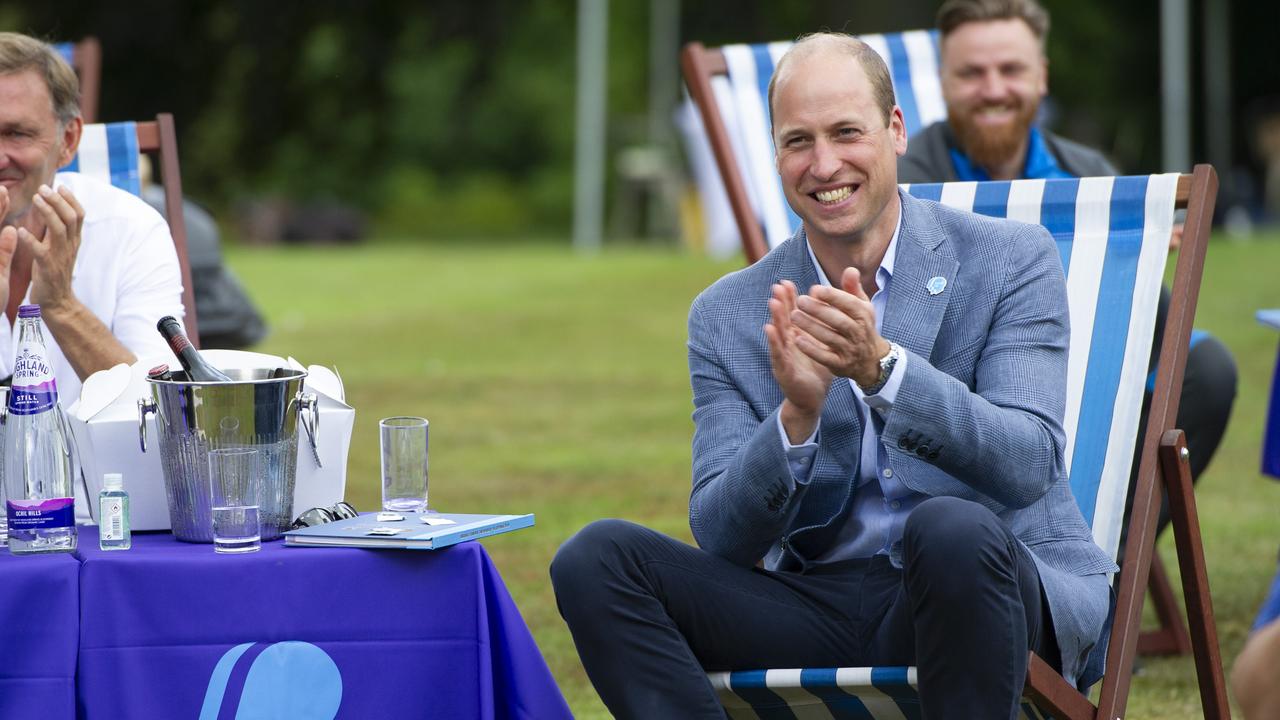
However, the Prince might have more of an appetite for danger than was previously thought with news of his latest charity initiative breaking overnight. The royal has, per The Mirror, decided “to spearhead a new movement to force social media giants to take urgent action on sickening racism and hate speech online”.
In his capacity as president of the Football Association, William has “vowed to personally broker a deal between big tech firms and campaigners after being ‘shocked and appalled’ at the lack of action to tackle an ‘epidemic of abuse’”.
At first glance, this might seem like a no-brainer, the royal taking on one of the more pressing social issues confronting society in 2021. However, what makes this situation a tad dicier is the fact that online hate just happens to be Prince Harry’s main focus and the cause he has taken up with gusto as he sets about establishing his post-royal brand.
In August last year, Harry wrote a piece for business magazine Fast Company taking aim at the major social media players, saying that “the digital landscape is unwell” and the leading platforms “have contributed to, stoked, and created the conditions for a crisis of hate, a crisis of health, and a crisis of truth”.
RELATED: Kate’s first selfie overshadowed by royal drama
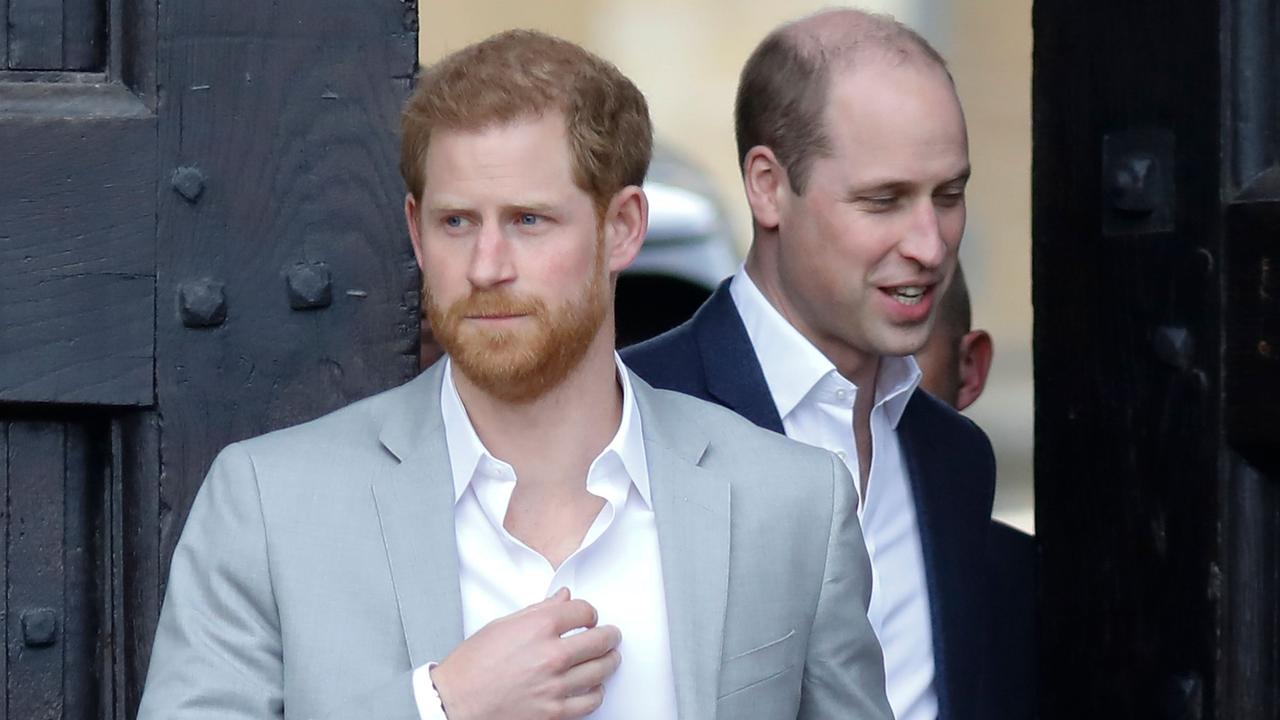
Likewise, in December, when Harry and his wife Meghan, Duchess of Sussex, launched their new Archewell Foundation, they debuted partnerships with the Centre for Humane Technology and UCLA’s Centre for Critical Internet Inquiry.
More recently, in January, Harry again called for social media reform via Fast Company after the deadly January 6 Washington insurrection, saying “time is running out”.
While it is Harry who has garnered publicity for his focus on addressing online hate, William also has a track record in this area dating back to 2018 when the Royal Foundation launched a cyber-bullying task force.
In November of that year, he took an unusually pointed aim at tech leaders, saying, “I am very concerned though that on every challenge they face – fake news, extremism, polarisation, hate speech, trolling, mental health, privacy, and bullying – (they) seem to be on the back foot”.
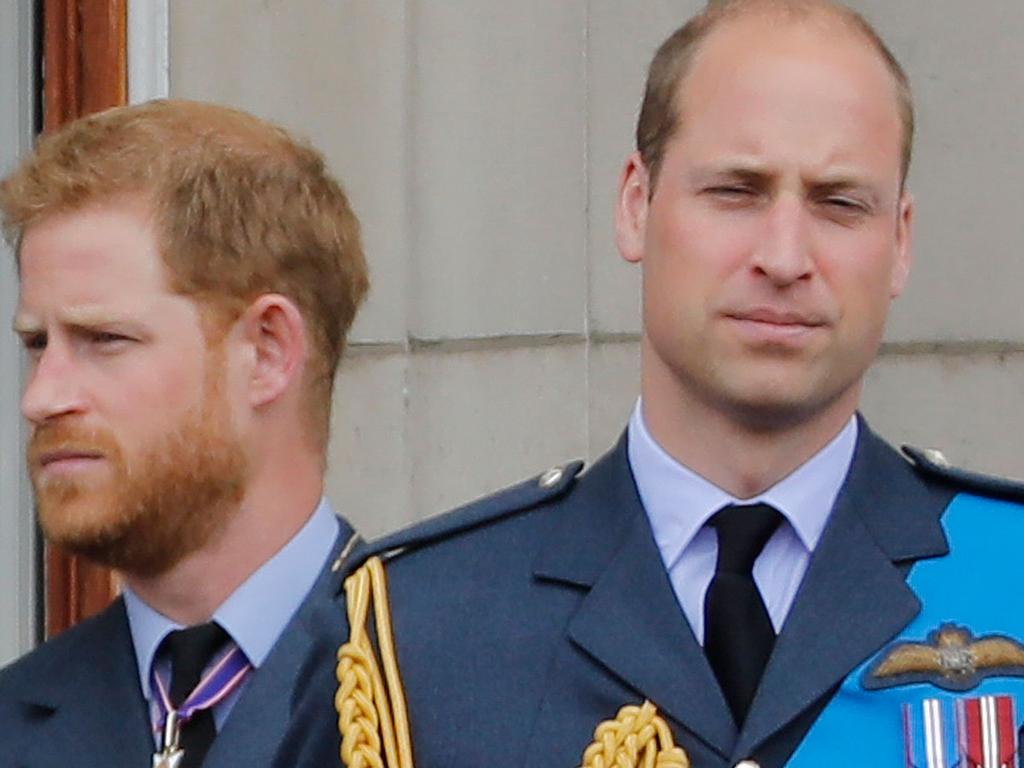
The philanthropic overlap between the two royals goes even further, with both of them, over the last 18 months, having also both launched separate but high-profile green initiatives (Harry with Travelyst and William with the Earth Shot Prize) and ramped up their focus on climate change and environmental issues as well.
So, just to recap: Two Princes on two continents with two high-profile charitable organisations and … exactly the same two causes on the table.
Notice any potential source of tension here?
Exactly.
It is hard to see, given the already reportedly fraught state of the brothers’ relationship, how this professional face-off could do anything but put more stress on their already strained fraternal bond.
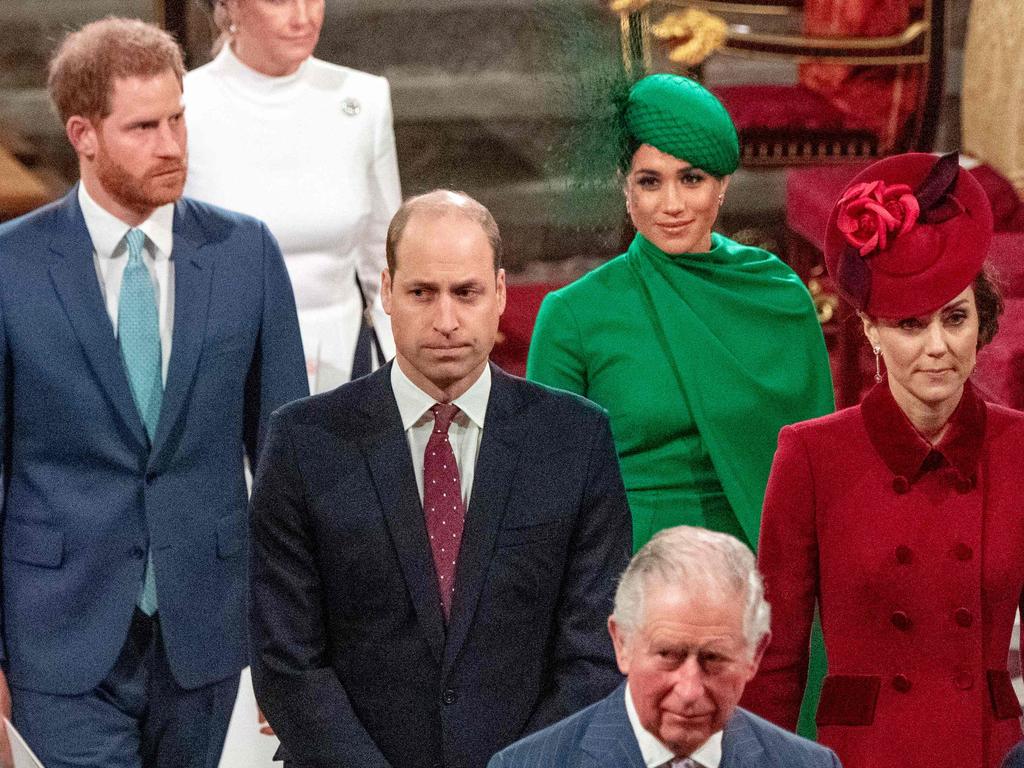
Inadvertently, in both of them simultaneously taking on tech giants and climate change, William and Harry have pitted themselves against one another and in the coming months and years, their achievements (or lack thereof) will be held up against one another.
They face constant comparisons with each other and the unfortunate fact that no matter what wins they may each notch up, their successes will be perpetually graded against the other’s accomplishments.
Complicating this picture further, is the fact that last year when Harry started to speak out about online hate, he faced considerable criticism from tweedier quarters who wrote off his interest as proof that he had been fully indoctrinated into Californian ‘wokeness’, a pejorative crutch of a label if ever there was one for more conservative commentators.
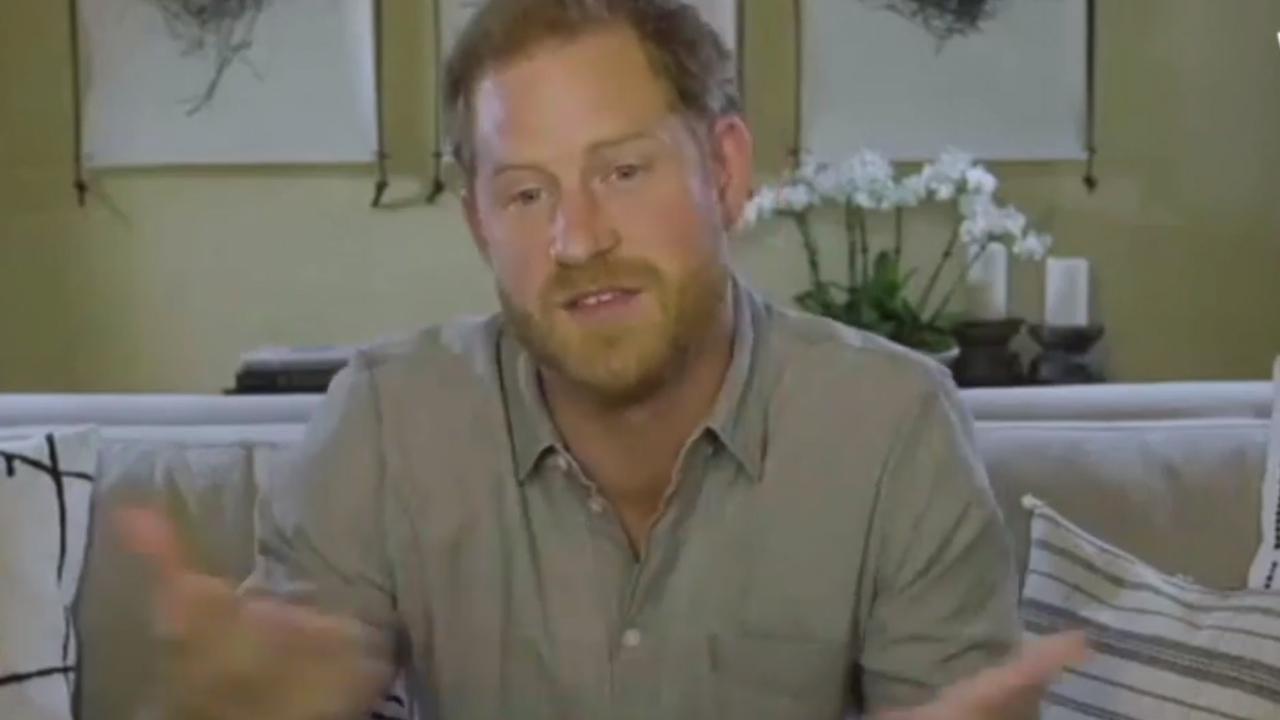
So there is a certain exasperating inevitably that while back then Harry was cast as being a preachy, kale-munching, virtue-signalling, Tesla-driving cliche, now that William has taken up the anti-hate cudgel, he is being hailed as some sort of crusading white knight off to slay the tech giants.
Again, this galling double standard seems unlikely to improve the dynamic between the men.
However, it is not just the unintentional rivalry they have set up here that makes William’s decision to pursue action on social media such a risky tack.
Enter stage left Meghan and the torrent of online hate and abuse that she faced as a member of the royal family.
One unavoidable consequence of William setting himself up as a leader on this issue is that it could revive the deeply uncomfortable conversation about whether Kensington Palace and the royal family did enough to protect the former actress during the scant 20 months that she was an official working representative of the Queen.
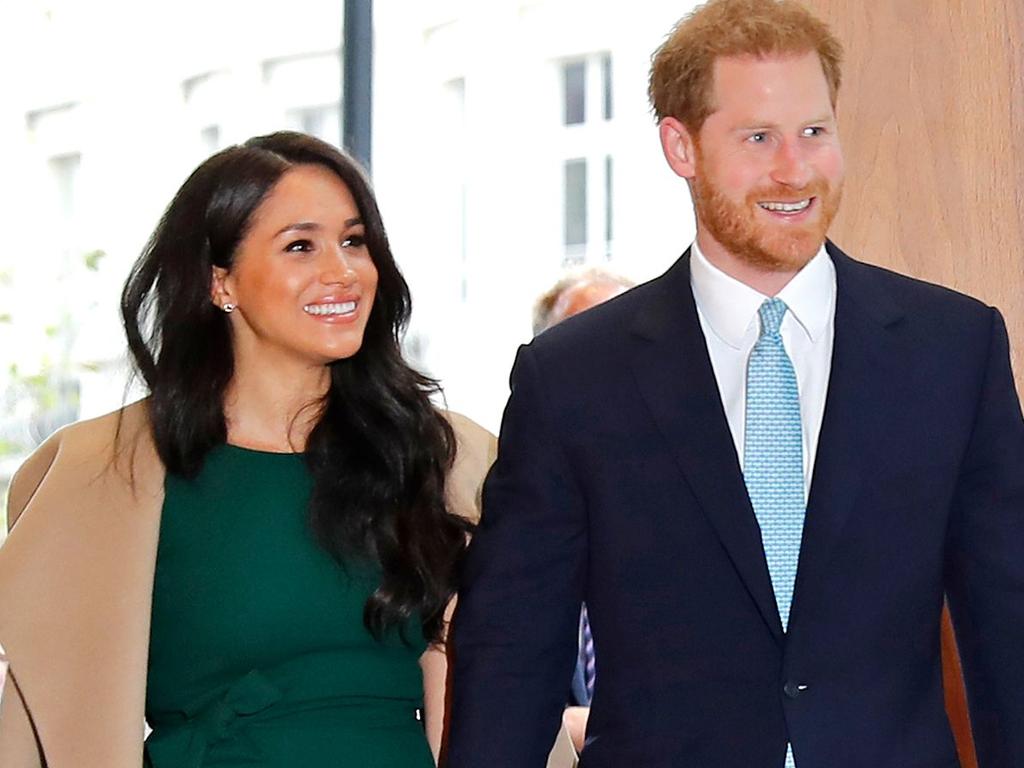
It barely took a matter of days for her relationship with Prince Harry to break in the press in early November 2016 for him to take the step of launching a forceful broadside at the wave of racism and sexism that she was facing.
With their 2018 marriage, there was no respite.
In January 2019, Kensington Palace reached out directly to Instagram and Twitter to ask them for help in combating the abuse that both Meghan and Kate, Duchess of Cambridge, were facing on their digital platforms.
In March of that year, the palace took the unprecedented step of launching social media guidelines for their official accounts banning any “obscene, offensive, threatening, abusive, hateful” and discriminatory posts.
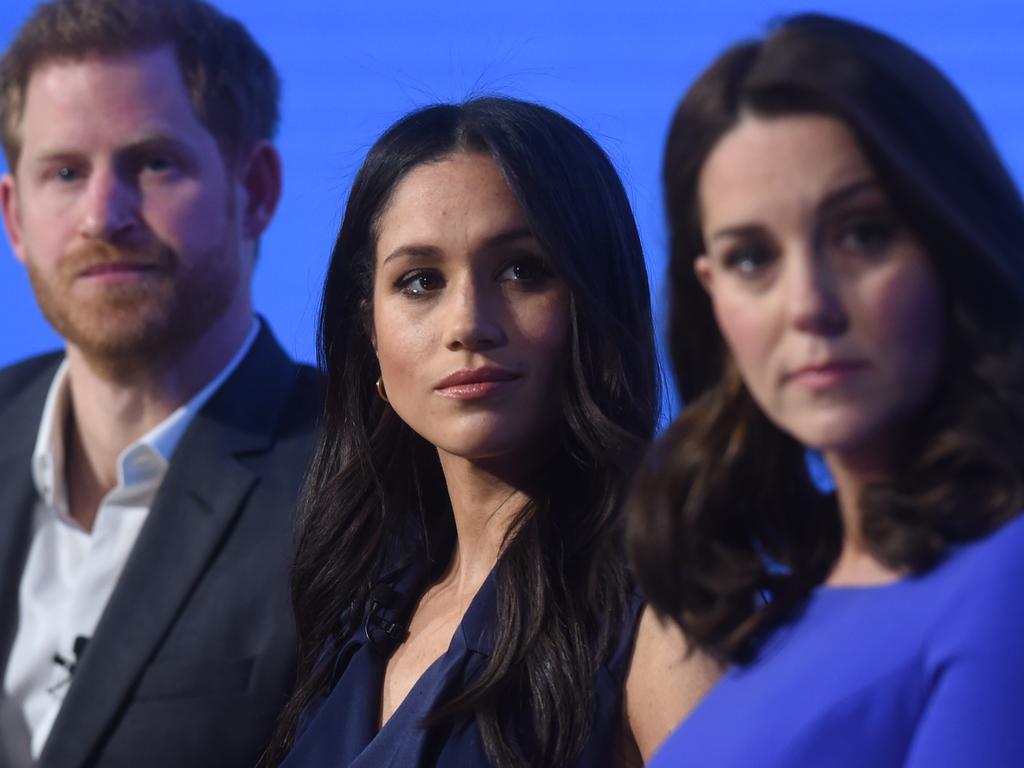
At the time, and ever since, the key question that has been repeatedly asked, but never really satisfactorily answered, is could Kensington Palace have done more to shield and protect the newbie royal from this hateful deluge?
Was the royal family negligent in not taking more proactive action? Was it a question of institutional inertia? Or were there more nefarious forces at play?
Did the palace essentially leave Meghan exposed and unprotected as a rampaging digital horde mauled her on social media, lobbying heinous racist barbs and shocking abuse at her? Or did the palace, even being an institution with vast resources and clout, find itself hamstrung to find a solution to what is a global problem?
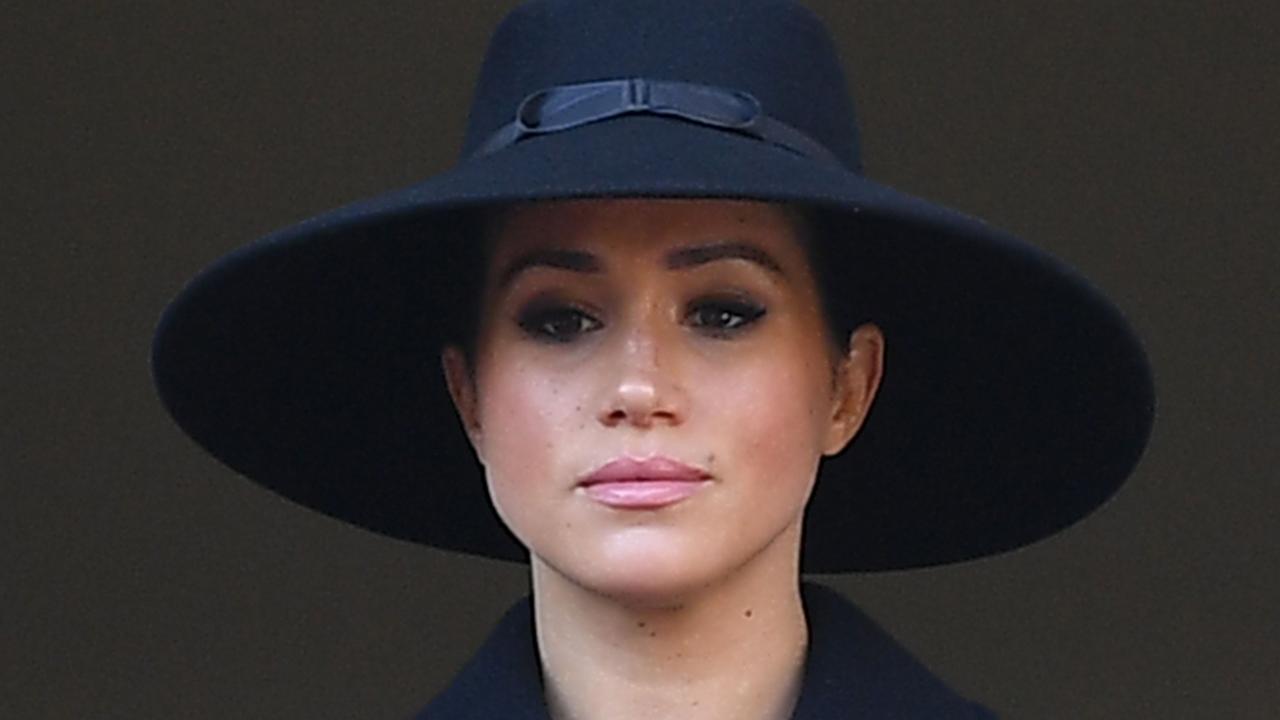
This is why William’s new pledge to address online racism and hate is such an inherently risky movie. To shine the royal spotlight on this issue is to reopen this wound and to invite renewed and potentially damaging scrutiny of the palace’s actions or lack thereof.
With this charity push, William may have set in motion some very painful but necessary self reflection.
The bigger question here, as it so often is when it comes to things Windsor-related, is why? Why would William knowingly put himself in a position that could leave him open for judgment and which could potentially place increased pressure on his relationship with his brother?
I think the answer might lie in the fact that over the last year at least, William has increasingly morphed into the guise of a King-In-Waiting, adios his kinda ambivalent Boy Prince years.
Every day that passes, the 38-year-old is that much closer to the moment when he will ascend to the throne and what we have seen over the last year is him solidifying the foundational issues which will define his reign.
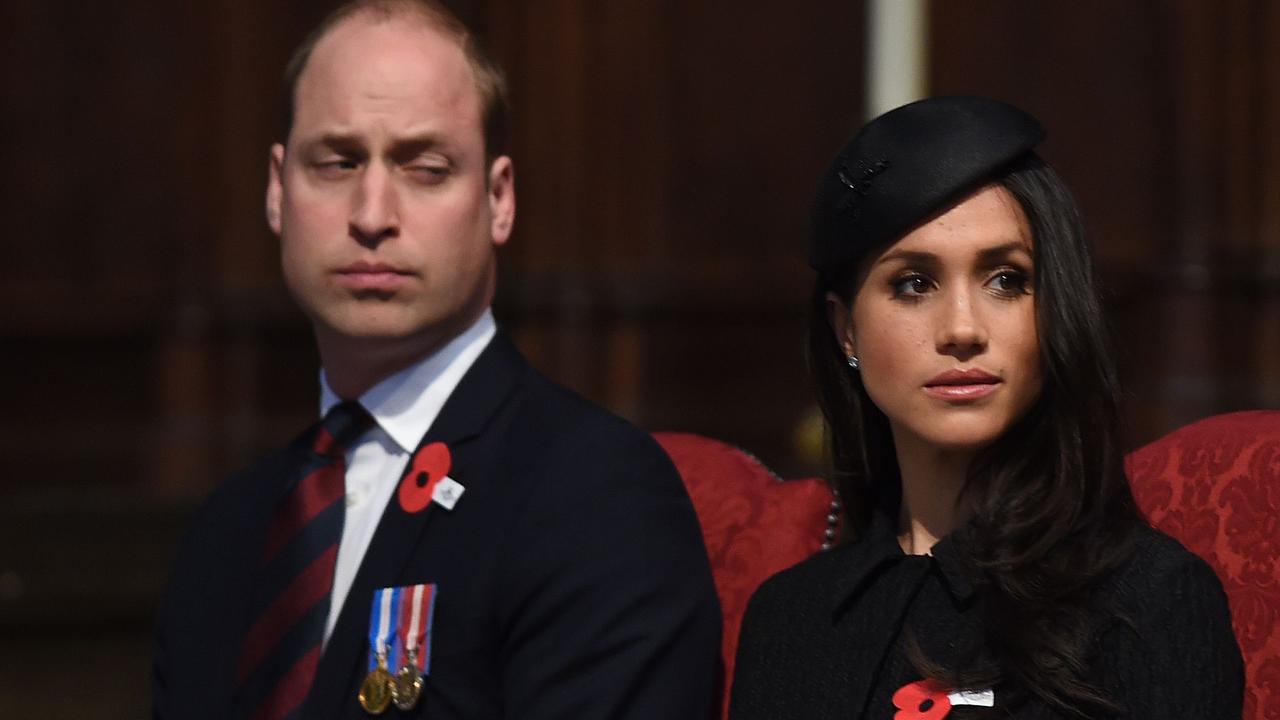
The most obvious conclusion here is that William knows what sort of chain reaction his social media campaign would set off but he did it anyway. If that willingness to seemingly imperil his own reputation for the greater good is any indication, then I think it speaks incredibly highly of him as a future leader.
The most obvious winner in this situation is us, the Instagram-posting, Facebook-posting, all-caps-tweeting public: Having not one but two zealous and driven people pushing with spectacular force and drive is only going to change things for the better and faster.
When it comes to changing the world, two Princes might just be better than one.
Daniela Elser is a royal expert and writer with more than 15 years experience working with a number of Australia’s leading media titles.




